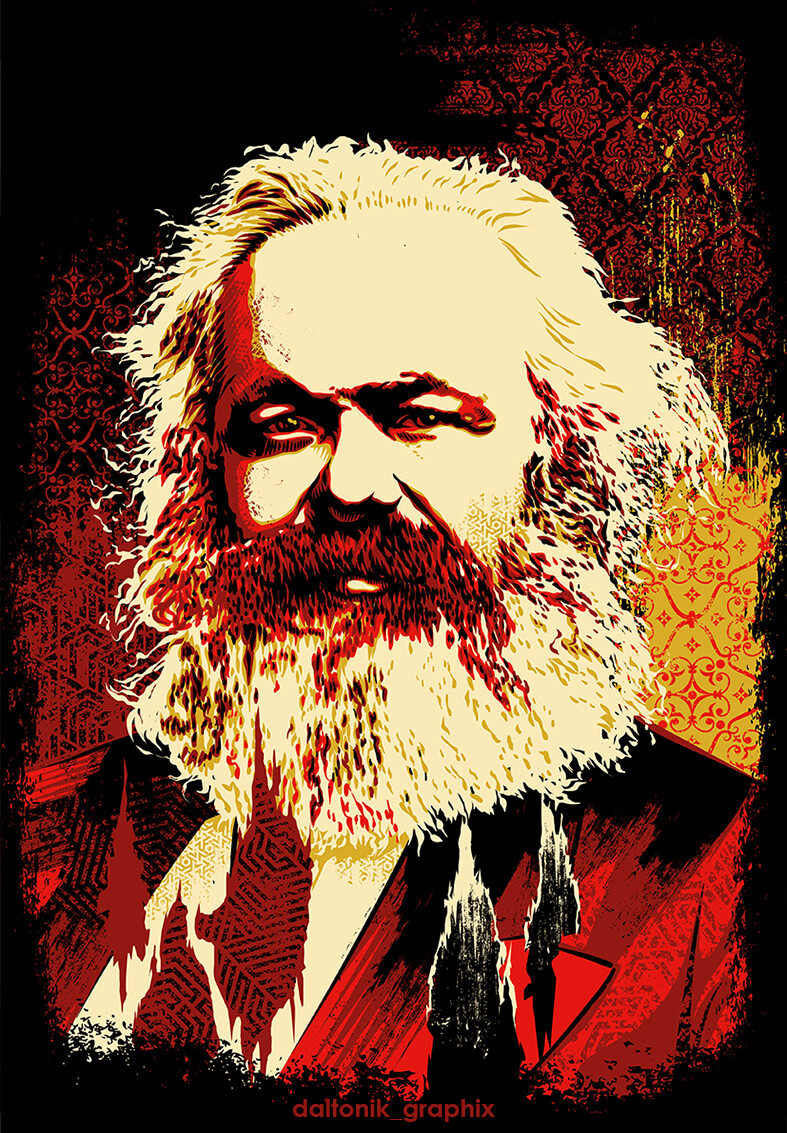Wasn’t up for a while, but its there now.
Cockshott is a terf, and I hate that he is one of the best in the field of economic planning, but this book was interesting. Now you can read it without paying him lol
I do wish there was more cybernetic stuff out there, economic planning is basically the perfect application for machine learning. Constantly feeding economic data back into a system with parameters for each economic product with the weights being a labor value associated and calculated for each product.
Would make testing 5 year plans incredibly easy and give basically allow planners to test one every day then pick ones that need more direct analysis.
I feel like its picking back up though and more people are throwing in their hat. One of the co-authors of this book, Dapprich, is a young phd(?) grad. I read most of his dissertation a little while ago, and it was very interesting if a little stem brained (which is a theme I’ve found in many writings on the subject). These stem guys need to read Bataille or something to shake loose the rigidity in their heads lol.
I enjoyed the book I posted, and even learned a bit more about linear programming to understand it better. I plan to reread it (and TANS) soon as I understand the math better now. It poses a way of calculating based on labor, resources, and most importantly carbon budget. Allowing flexibility in fine tuning the plan as you go, etc… If you’ve read TANS, its similar, but the areas pertaining to carbon are important and I haven’t seen that explicitly laid out in any other writings. Most seem to usually go with a more abstract and general “production that doesn’t destroy the environment” without any detail as to how that it accounted for and budgeted.
However, I think we have more than enough expertise and existing infrastructure that we could start planning yesterday and figure the rest out as we go. Imagine if we paid coders to work on these problems instead of building garbage internet platforms, the new job-destroyer, or how to make workers at amazon live in a deeper level of hell. But we won’t do any of this while capital is in charge, so part of me just doesn’t care how well thought out any one planning model is as we have a far larger political problem to solve first. It just feels like navel gazing sometimes ig, something to keep academics occupied while the world burns. This stuff makes me both bloomer and doomer lmao
It just feels like navel gazing sometimes ig, something to keep academics occupied while the world burns.
This is a good way to put how I’ve felt about academia the past couple years. Had a prof yesterday ask me why I want to move into the industry after graduation and had to, on the spot, think of a tactful way of saying that lmao. So much of it is just spinning our wheels for no meaningful outcome. Which isn’t to say I think knowledge for its own sake is bad, but it feels a lot like wasted potential and resources when there’s over a thousand homeless people living in this city.
Sorry to go off on a tangent there, but academia is mindbogglingly soul crushing at times.
Wait, what’s the use of machine learning there? I read Towards a New Socialism and from what Cockshott outlined there, you can make an input output table represented as a matrix to encode the amount of each other commodity that goes into any given commodity. Then you figure out the vector of all the final products you need (this part is decided by the planners on a democratic basis), and run Gaussian elimination to solve the matrix and get a vector that shows how much of each commodity to produce. All you’d need is some way to enter the data for all the technical coefficients for each process from the factory, and some way to coordinate the logistics of delivering the materials. I don’t really see where ML tech fits in.
ML tech is basically just gaussian elimination. It’s dealing with tensors and matrices and could easily be adapted to do exactly what he lays out in TANS. Which is why I think China is spending a lot of money funding research into building ML systems.
The hardest part as always is getting those input weights.
That being said, using a ML model for this would allow you to scale it to run at different speeds. So you could simplify the input models and get a faster result then use that to more efficiently allocate computing resources in the more detailed planning models.
I saw you mentioned Towards a New Socialism elsewhere in the thread, do you remember the section where he talks about using an iterative algorithm to approximate gaussian elimination?
It’s also interesting to think of ML as a way of circumventing Gaussian elimination, I guess it makes some sense but I’ve always thought of it as a minimization algorithm for some loss function and nothing else.
He’s mentioned tensor flows and machine learning in his work before.
He also has an implementation called New Harmony written in Julia you can mess with.
Oh yeah, and the ML stuff would never replace raw gaussian elimination. It’s just more time efficient if you know what end state you’re looking for. It would just be a tool for planners, not a planning system. Kinda like when you have render previews in 3D modeling software to get a general idea of what you need to add to make a scene lol right.
hehe Cockshott
Just a warning, he’s a massive transphobe
Comes with the territory as a white
 cis male I guess.
cis male I guess.Some of his work is alright, Towards a New Socialism is an interesting read just because of how focused it is on implementation of cybernetic theory. It’s also pretty void of any reactionary views thanks to Cottrell putting a damper on him.
Yeah, I know. Towards a New Socialism has been one of those titles on my endless “to read” list
It’s short as hell
Reading the books I have in physical form first, prefer that over on screen personally
It’s not a very important book, just an interesting read to see a cybernetic approach to planning
I usually call him cockshitt
deleted by creator
There is to a certain extent, Tomas Hardin works on ffmpeg and writes a bit about economic planning: https://www.haerdin.se/. Cockshott and Co make their work open source (you can find it on github) but it needs some work to say the least.
There is some discussion here as well: https://casperforum.org/
There is some opensource ERP software out there too and while not socialist it could be very useful.
There is also OGAS 2.0 developed by some guy in Russia, but I don’t think its open source: https://cibcom.org/national-automated-system-of-computation-and-information-processing-ogas-2-0/
Audiobook anywhere?
I don’t think so. It would be a weird audio book though. Too much data and math to work well. Its a short book though.
How short?
Too short imo. Like 180 pages, but 20 of them are just an appendix. You can also skip the first two chapters if you don’t want an in-depth review of climate science.
160 pages is short? What? 😂
Well, yeah, shorter than most books lol






